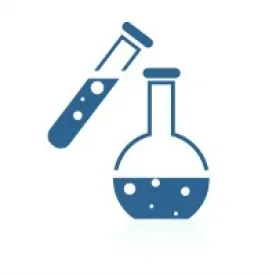In December 2017, the World Health Organization (WHO) published WHO Guidelines on Protecting Workers from Potential Risks of Manufactured Nanomaterials. WHO developed the Guidelines, which provide recommendations on how best to protect workers from the potential risks of manufactured nanomaterials (MNM). According to WHO, its recommendations are intended to help policy-makers and professionals in the field of occupational health and safety in making decisions about the best protection against potential risks specific to MNMs in workplaces. The Guideline Development Group (GDG) used a precautionary approach as one of its guiding principles, as well as the hierarchy of controls. The GDG considers the following to be best practice in preventing the adverse health effects of MNMs:
-
Group nanomaterials into MNMs with specific toxicity, MNMs that are fibers, and MNMs that are granular biopersistent particles;
-
Educate and train workers in the specific health and safety issues of MNMs; and
-
Involve workers in all phases of risk assessment and control.
For all important issues, systematic reviews of the current state of the science were commissioned to inform the recommendations according to the process set out in the WHO Handbook for guideline development. The recommendations were rated as “strong” or “conditional” depending on the quality of the scientific evidence, values and preferences, and costs related to the recommendation. All recommendations were made based on consensus within the GDG. The recommendations include:
-
Assess health hazard of MNMs;
-
Assess exposure to MNMs; and
-
Control exposure to MNMs.
The GDG states that it cannot make a recommendation for targeted MNM-specific health surveillance programs over existing health surveillance programs that are already in use owing to the lack of evidence. According to the Guideline, the GDG considers training workers and worker involvement in health and safety issues to be best practice, but cannot recommend one form of training of workers over another, or one form of worker involvement over another, owing to the lack of studies available. The Guideline states: “It is expected that there will be considerable progress in validated measurement methods and risk assessment. Therefore, the GDG proposes to update these guidelines in five years’ time, in 2022.”




 />i
/>i

